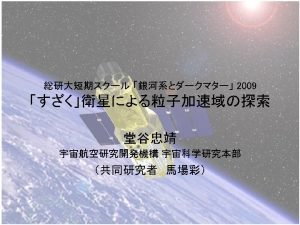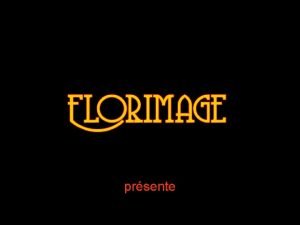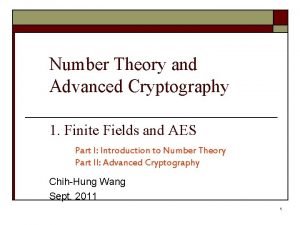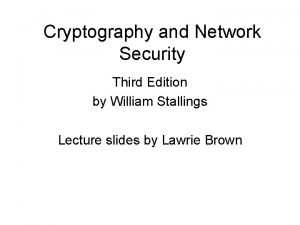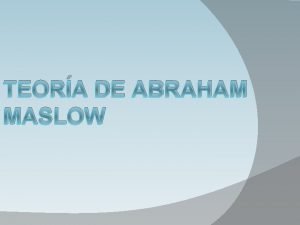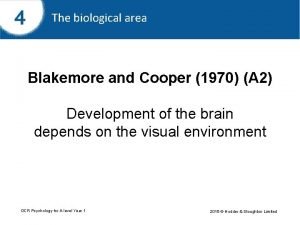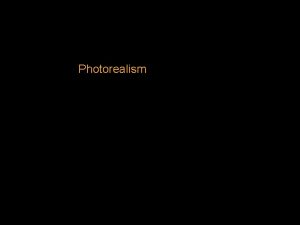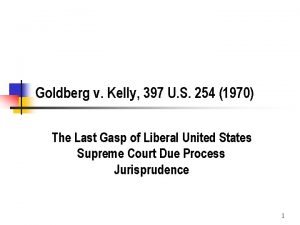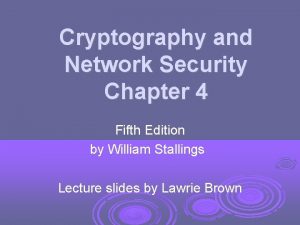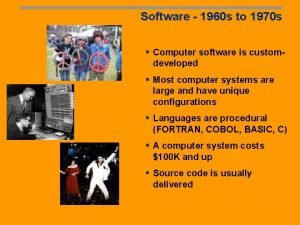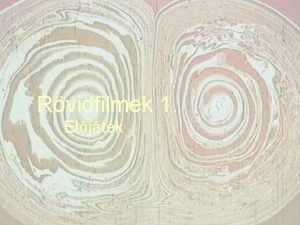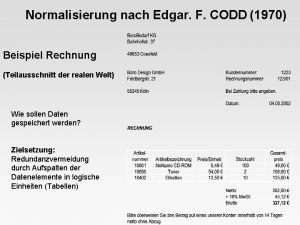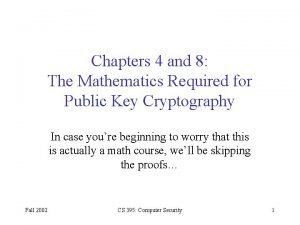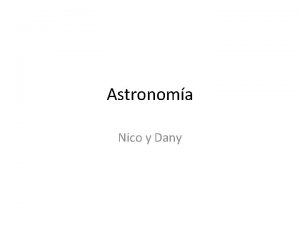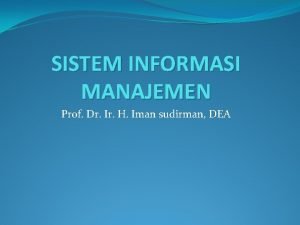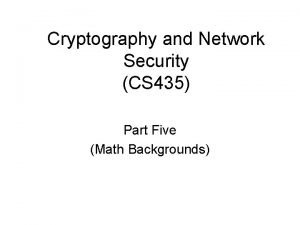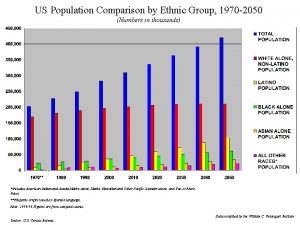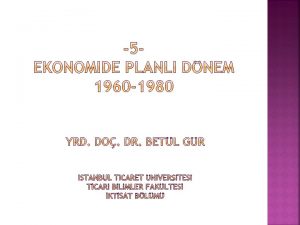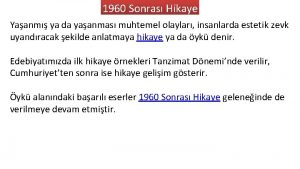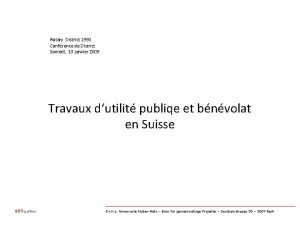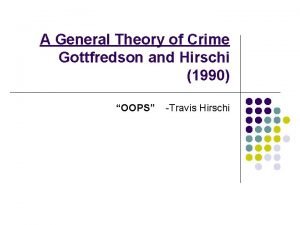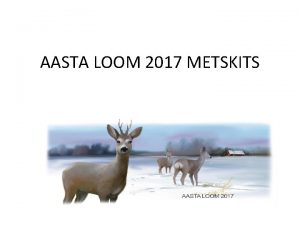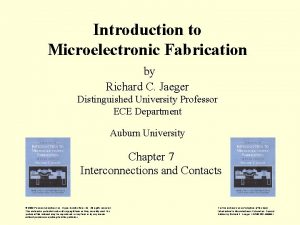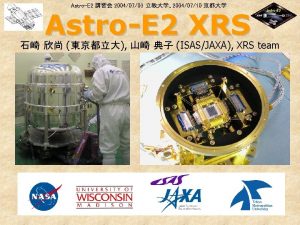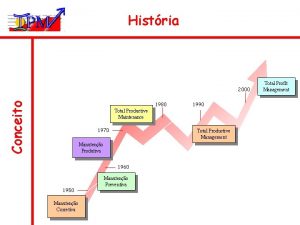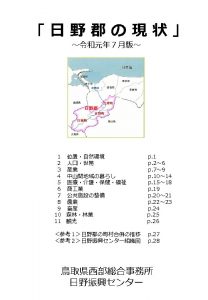X 1970 1980 1990 2000 2010 2020 AstroE




































































- Slides: 68









日本のX線天文衛星 1970 1980 1990 2000 2010 2020 はくちょう てんま ぎんが あすか Astro-E (Failed) すざく Astro-H IXO



「すざく」のデータ例: Cen-A Emission line due to ionized Fe atom. PIN Diodes Intensity of Radiation 100 Absorption due to interstellar gas surrounding the black hole GSO/BGO phoswich counters 10 X-ray CCD Camera 1 Deconvolved spectrum Hard X-ray Detector • By the HXD team for the press release













「すざく」で観測したCyg X-1のlow/hard state 降着円盤成分:Diskbb 逆コンプトン成分:compps 鉄輝線:Gaussian 0. 1 1 10 Energy (ke. V) 1000

Low/Hard状態の降着円盤 Hot plasma: patchy structure Inner disk radius 330 km 250 km 200 km 75 km Reflection fraction: Seed accretion disk does not intrude deeply into the hot corona. Disk line (i=45 deg, emissivity ∝ r -3) -disk is largely retreated from 3 rs in the low/hard state.







宇宙線とは? 宇宙を飛び交う超高E粒子 u. CR ~ 1 e. V/cc c. f. CMB stellar light magnetic field turbulence thermal energy 0. 3 e. V/cc < 0. 3 e. V/cc 0. 01 e. V/cc G = 2. 7 knee=1015. 5 e. V 銀河の基本構成要素! G = 3. 1 宇宙線加速現場・機構は 発見以来 100年近くたった現在も ankle=1018. 5 e. V 謎のまま (Cronin 1999)


Hillas Diagram (1984) maximum E knee

衝撃波の基礎:terminology 実験室系: outer region (u 1 = 0) shock front (us) inner region (u 2) 超新星爆発 衝撃波静止系: shock front (us = 0) upstream region (uu = us) downstream region (ud)















加速器の探し方 電子 electrons: -> synchrotron emission in radio (Ge. V electron) synchrotron emission in X-rays (Te. V electron) Inverse compton emission in g-rays (Te. V electron) 陽子 protons: -> g-rays via p 0 decay(Ge. V-Te. V protons) X-rays IC sync. E 2 d. F/DE X線・γ線が 最適 g-rays p 0 電子 陽子 Energy

超新星残骸での宇宙線加速 観測的証拠 synchrotron X-ray Te. V gamma-ray RXJ 1713 -3946 SN 1006 Discovered by ASCA (Koyama+95) Discovered by HESS (Aharonian+04) 超新星残骸衝撃波面は宇宙線加速現場!

Te. V gamma-ray observations HESS: new generation Te. V g-ray telescope @ Namibia Imaging Atmospheric Cherenkov Telescopes using chrenkov lights from photon showers http: //www. mpi-hd. mpg. de/hfm/HESS. html Te. Vガンマ線帯域では世界で初めて 銀河面無バイアス探査を実施

新天体!? new sources! ~50 sources 現在~50天体 HESS team, 2009

They have no counterpart ! On the Galactic plane Some are diffuse Te. V emission ->They should be accelerators Galactic sources However, Are they really “dark”? they have no CP! What are their They areorigin not ? X-ray follow-ups known are essential PSRs, PWNe known SNRs known SF regions “HESS un. ID sources” “dark particle accelerators” (Aharonian et al. 2006)

Te. V un. ID source list (http: //tevcat. uchicago. edu/) Suzaku obs. HESS J 1303 -631 HESS J 1427 -608 HESS J 1614 -518 HESS J 1616 -508 HESS J 1626 -490 HESS J 1632 -478 HESS J 1634 -472 HESS J 1702 -420 HESS J 1708 -410 HESS J 1731 -347 HESS J 1741 -302 HESS J 1745 -303 HESS J 1747 -281 HESS J 1804 -216 HESS J 1813 -178 HESS J 1825 -137 HESS J 1834 -087 HESS J 1837 -069 HESS J 1841 -055 HESS J 1843 -033 HESS J 1857 -026 HESS J 1858+020 Te. V J 2032+4130 O O O HESS HESS J 1640 -465 J 1718 -385 J 1809 -193 J 1833 -105 J 1846 -029 J 1912+101 J 1923+141 J 1848 -018 Suzaku obs. O O ØThe number is still increasing. ØAbout half of Te. V un. IDs are observed with Suzaku. ØNow it is time to start systematic study. ØCategorize with X-ray feature

Group 1. Compact(+surrounding diffuse) sources HESS J 1837 -069 (Anada+08) HESS J 1809 -193 (Anada+08) HESS J 1825 -137 (Uchiyama+09) Spectra are very hard (Gamma ~ 1 – 2) Compact source; 1837 has pulsation (70 ms) They should be pulsars and pulsar wind nebulae We have many samples of PWN candidates

Group 2. Nothing found on the Te. V peak -> dark particle accelerators HESSJ 1616 -508 (Matsumoto+07) Suzaku HESS J 1702 -420 (Fujinaga+ in prep. ) upper-limit ! FTe. V/FX > 55 FTe. V/FX > 32 HESS J 1804 -216 (Bamba+07) Suzaku HESS un. ID compact sources FTe. V/FX > 13 Origin is still unknown real dark particle accelerator ?





Terada, Y. et al. 2008, PASJ, 60, 387





 1980 1990 2000 2010 2020
1980 1990 2000 2010 2020 1980-1990 fashion
1980-1990 fashion Fashion in 1980 to 1990
Fashion in 1980 to 1990 Perbedaan incoterms 2000 dan 2010
Perbedaan incoterms 2000 dan 2010 Jacob kounin classroom management theory ppt
Jacob kounin classroom management theory ppt Les poppys 1970
Les poppys 1970 Potter 1970
Potter 1970 Overlapping classroom management
Overlapping classroom management Find multiplicative inverse of 550 in gf(1759)
Find multiplicative inverse of 550 in gf(1759) Goodmans levels of reflection
Goodmans levels of reflection 1970 mod 1066
1970 mod 1066 Uu no. 1 tahun 1970 doc
Uu no. 1 tahun 1970 doc Important events in 1970
Important events in 1970 392021
392021 Abraham maslow 1970
Abraham maslow 1970 1967 1968 1969 1970 1971 1972 1973 1974 1975 1976
1967 1968 1969 1970 1971 1972 1973 1974 1975 1976 Blakemore and cooper (1970)
Blakemore and cooper (1970) 1970-1954
1970-1954 Tajfel 1970
Tajfel 1970 Linda chuck close
Linda chuck close 5 basic human needs
5 basic human needs Goldberg v kelly 1970
Goldberg v kelly 1970 Kirjanik 1886-1971
Kirjanik 1886-1971 The seeds of activism in 1972 resulted in
The seeds of activism in 1972 resulted in Gcd(1970,1066)
Gcd(1970,1066) What happened in 1970
What happened in 1970 Evolucion de las computadoras por generaciones
Evolucion de las computadoras por generaciones 1963-1970
1963-1970 Software 1970
Software 1970 Objectives of osh
Objectives of osh álmok szárnyán 1968
álmok szárnyán 1968 Codd 1970
Codd 1970 Conclusion of money market
Conclusion of money market Undang undang keselamatan kerja no 1 tahun 1970
Undang undang keselamatan kerja no 1 tahun 1970 Euler's theorem
Euler's theorem Ainsworth and bell
Ainsworth and bell Bortons 1970 model of reflection
Bortons 1970 model of reflection Cometa 1970
Cometa 1970 Dripping technika
Dripping technika Usda food pyramid 1970
Usda food pyramid 1970 Rothko antigone
Rothko antigone Sistem informasi manajemen 1970
Sistem informasi manajemen 1970 Rancangan cheeseman
Rancangan cheeseman Fecha de nacimiento de coco cabrera
Fecha de nacimiento de coco cabrera Modular arithmetic in cryptography and network security
Modular arithmetic in cryptography and network security 1969 1970 1971 1972 1973 1974 1975 1976 1977 1978
1969 1970 1971 1972 1973 1974 1975 1976 1977 1978 Jacob kounin theory
Jacob kounin theory 2050-1970
2050-1970 1970 dçm
1970 dçm 1960 sonrası hikayeler
1960 sonrası hikayeler Michael hammer 1990 harvard business review
Michael hammer 1990 harvard business review Rotary district 1990
Rotary district 1990 Burrhus frederic skinner (1904-1990)
Burrhus frederic skinner (1904-1990) Portion of pasta calories
Portion of pasta calories General theory of crime gottfredson and hirschi
General theory of crime gottfredson and hirschi Founded in 1990
Founded in 1990 Harta politica a europei
Harta politica a europei Zeigler 1990 interdisciplinary
Zeigler 1990 interdisciplinary Established in 1990
Established in 1990 1990 aasta loom
1990 aasta loom Premio nobel literatura 1990
Premio nobel literatura 1990 Cda 3101
Cda 3101 Dubaj 1990
Dubaj 1990 Caparo industries plc v dickman
Caparo industries plc v dickman Teoria novas abordagens 1990
Teoria novas abordagens 1990 Introduction to microelectronic fabrication
Introduction to microelectronic fabrication Moda 1990
Moda 1990 Film 1990
Film 1990 Peter senge 1990 the fifth discipline
Peter senge 1990 the fifth discipline
